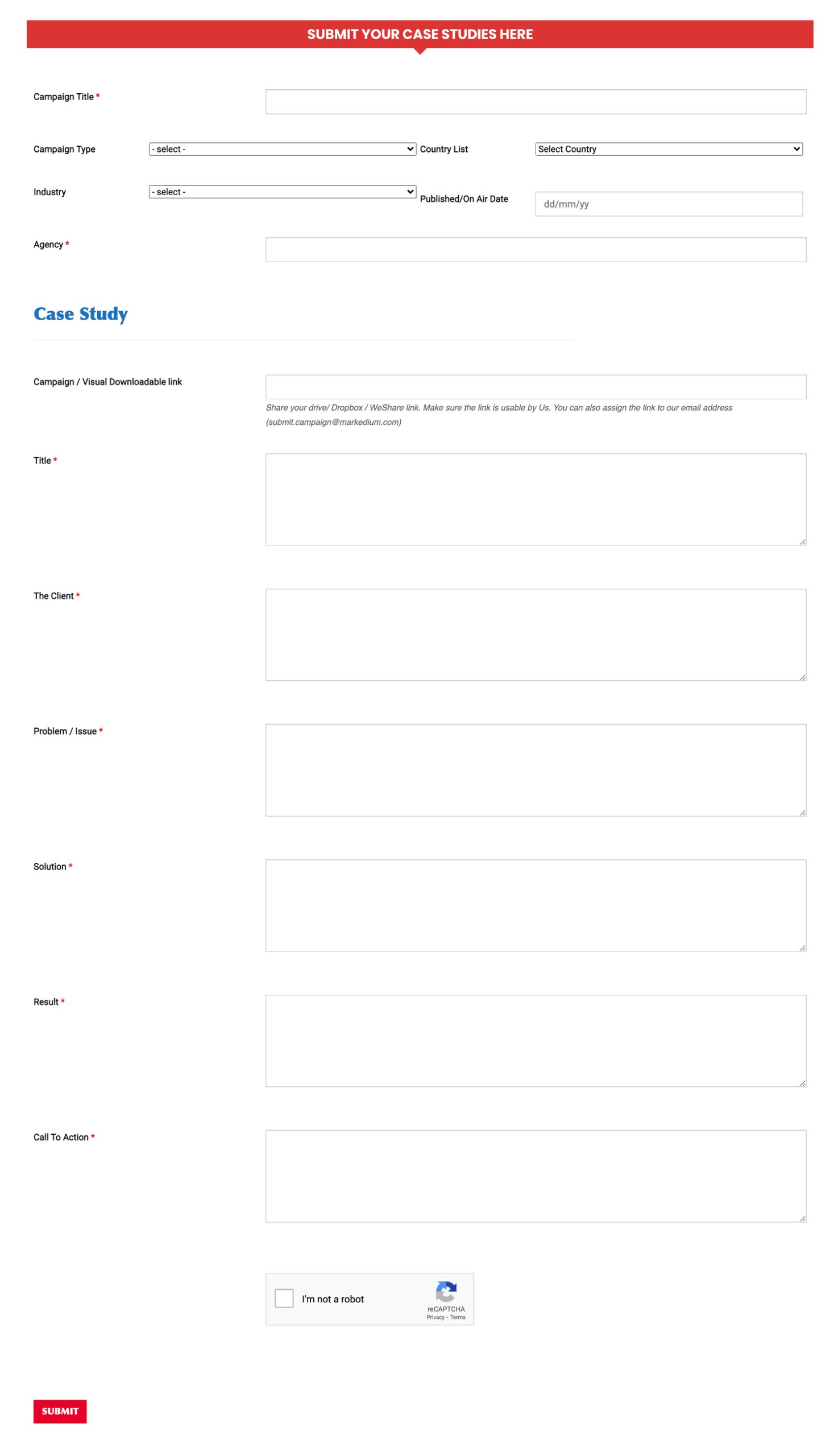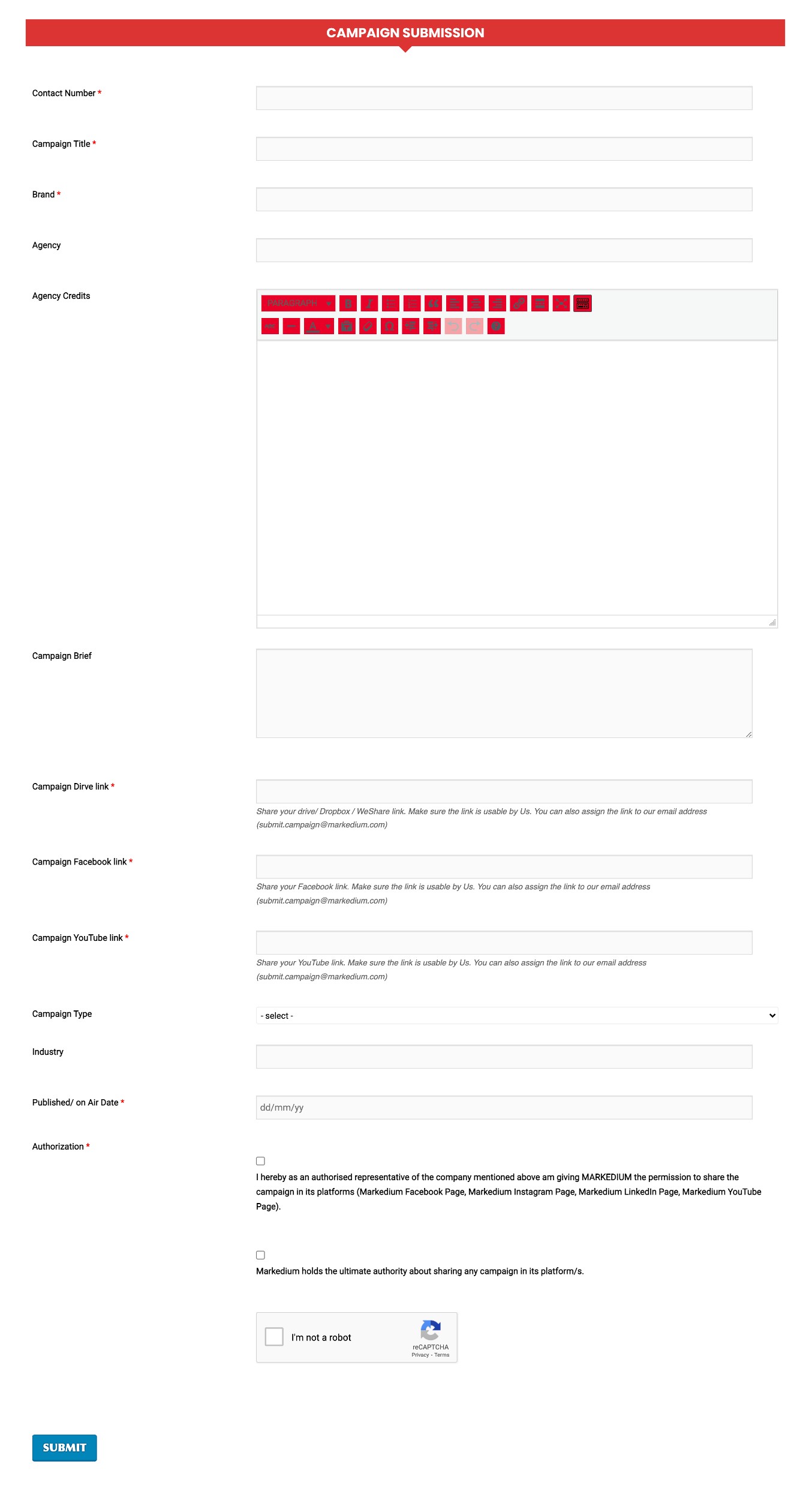
Bangladesh’s Apparel (RMG) Exports to EU Grow Amid Declining Unit Prices2 min read
Bangladesh’s readymade garment (RMG) exports to the European Union saw significant growth in 2024, despite a decline in unit prices. The country shipped $19.77 billion worth of apparel to the EU last year, marking a 4.86 percent increase from the previous year. However, as the export volume surged, unit prices dropped, posing profitability concerns for manufacturers stated in a report.
The total export volume reached 1,230.51 million kg, a 10.18 percent rise compared to the 1,116.77 million kg recorded the previous year. Despite this increase, the average price per kilogram fell from $16.88 to $16.07, representing a sharp 5 percent decline.
The overall EU apparel import market also expanded in 2024, with total imports rising by 1.53 percent in value to $92.56 billion. However, as import volumes grew by 8.98 percent, the average unit price declined by 6.83 percent, affecting major sourcing countries.
China retained its position as the EU’s top apparel supplier, registering 2.61 percent growth and reaching $26.07 billion in exports. Bangladesh secured the second position, followed by Turkey and India. Along with Vietnam and Cambodia, these key exporting nations also experienced a drop in unit prices.
Read more: Bangladesh to Import 40MW Electricity from Nepal for Five Months
Bangladesh’s steady export performance was driven by several factors, including the production of value-added garments, duty-free market access, improved workplace safety standards, and the collective efforts of manufacturers and workers. These elements contributed to enhanced buyer confidence, strengthening the country’s foothold in the EU market.
The year saw fluctuations in exports, with a slow start followed by a strong surge in the final quarter. October, November, and December recorded substantial year-on-year growth, reinforcing the upward trend in shipments.
While 2024 marked an improvement over the previous year, earnings still fell short of 2022 levels. Looking ahead, industry insiders anticipate a rise in work orders, sustaining the growth trajectory into 2025. With buyers increasing their sourcing activities from Bangladesh, the export sector is expected to maintain its momentum.
However, the persistent decline in unit prices underscores the need for strategic adjustments. To ensure long-term competitiveness and profitability, Bangladesh must focus on value addition and market diversification. These steps will be crucial in safeguarding the industry’s position in the face of global pricing challenges.
For more updates, be with Markedium.


